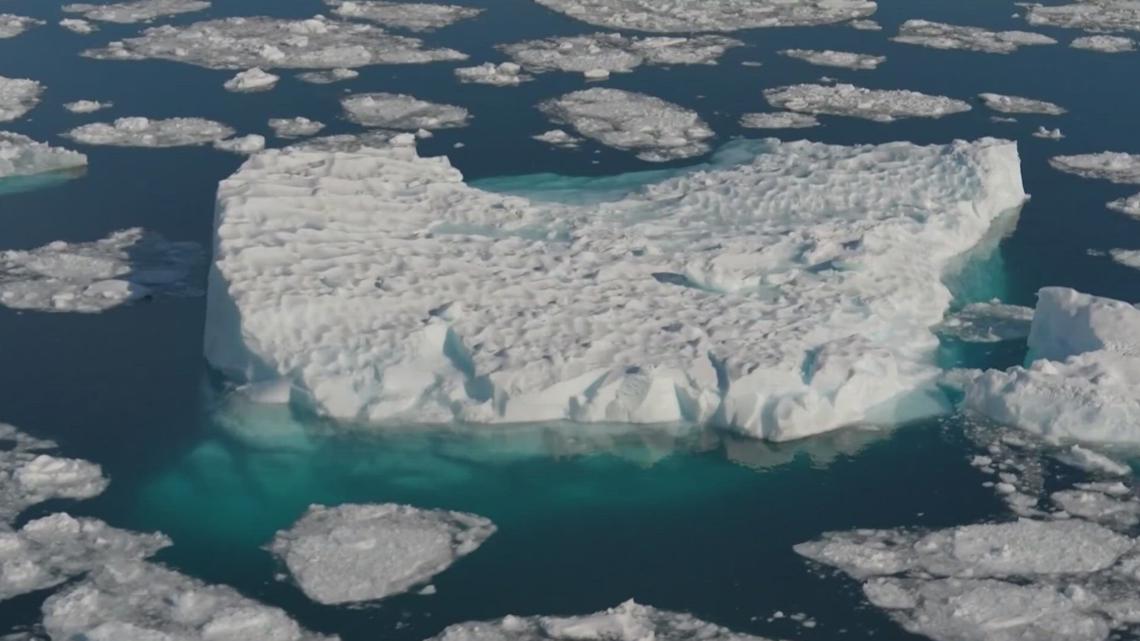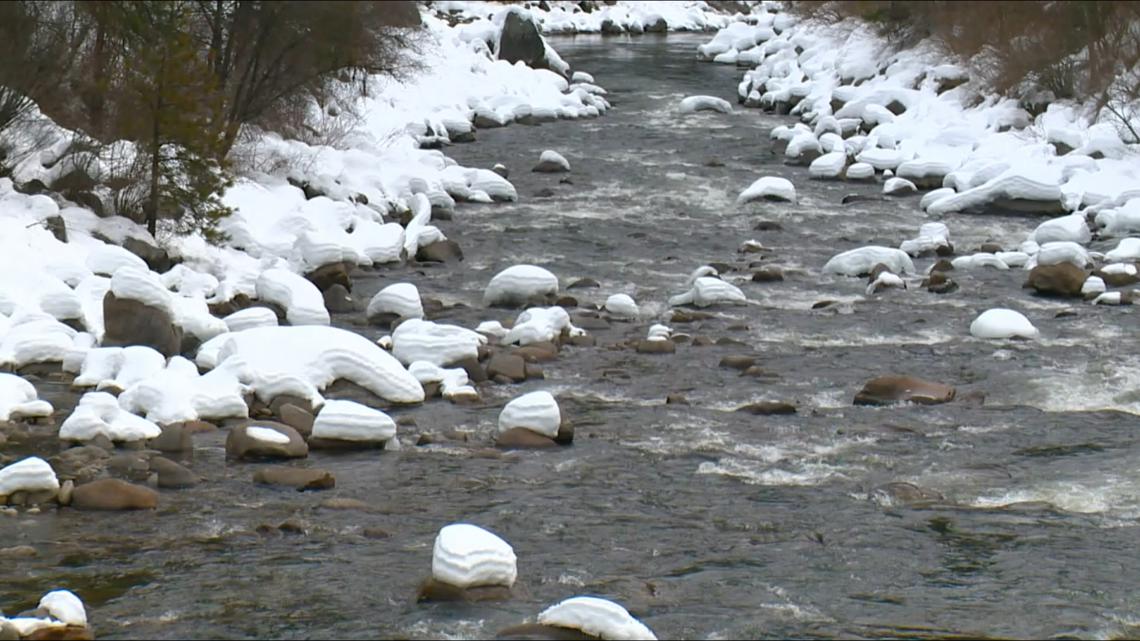Glaciers holding massive amounts of water are melting at unprecedented rates, reshaping ocean systems and influencing conditions in the Pacific Northwest and beyond.
BOISE, Idaho — Scientists across the Pacific Northwest are wrapping up summer research on the status of local glaciers – some of which are melting at record speed and impacting the region.
Melting glaciers can mean much more than rising sea levels – research reveals it also fundamentally changes the ocean’s circulation, temperature and chemistry in way that could impact coasts in the Northwest.
The Earth’s glaciers hold massive amounts of frozen water, and as they melt at unprecedented rates, they are creating unexpected consequences for oceans.
“The ice sheets have these huge amounts of liquid water locked into them. It’s frozen right now, but if it melts, it goes out in the oceans, and that causes sea level to rise,” said Ellyn Enderlin an associate professor in the Department of Geosciences at Boise State University.
Enderlin uses satellite imaging to track how fast icebergs are melting. The meltwater is already reshaping ocean systems and influencing conditions along the Pacific Northwest and beyond.


“Icebergs go out in the ocean, float away – you can imagine their little pockets of fresh water,” Enderlin said. “So, they’re the frozen pockets of fresh water that are drifting out in the ocean, and eventually melt, and they spread that fresh water out”
The ocean’s waters circulate through what’s called the “global ocean conveyor belt,” a system that moves heat from the Equator toward the poles.
“By the time it gets up towards these polar regions, so top of the Earth, bottom of the Earth, it’s really salty. And that salt is actually what makes it dense,” Enderlin said. “It makes it heavy, and so that makes the water sink, and then that drives this global ocean circulation.”
As ocean water moves towards the poles, heat causes it to evaporate, leaving behind saltier and heavier water. The dense water sinks, helping to drive a global circulation system that regulates climate.
But when glaciers melt, they release huge volumes of fresh water, which can slow or even disrupt the flow of ocean currents.
“If we pump out too much ice out into the oceans from Greenland and Antarctica – and depending on sort of where it melts, how it gets mixed in – it can slow down, or actually shut down, global ocean circulation,” Enderlin said.
The shift in ocean flows could have far-reaching consequences for global climate patterns – and the Pacific Northwest is feeling the impact.


Earlier snowmelt and reduced summer streamflow in Idaho are straining irrigation systems in the Boise River Basin, impacting crops.
In Washington and Oregon, shrinking glaciers feed rivers and coastal waters, affecting salmon runs, hydropower and even drinking water.
“Our climate influences things like where we can grow crops, so we alter ocean circulation, that’s going to change our atmospheric circulation, which is then going to even change like our long-standing agricultural practices,” Enderlin said.
READ MORE: Environment Northwest | Glaciers on Thin Ice